#1987
Junkyard Find: 1987 Chevrolet Sprint ER
What was the most fuel-efficient (mass-produced, internal combustion-powered, highway-legal, non-gray-market, four-wheeled, et freakin' cetera) new car available in the United States during the 1980s? No, not the Toyota Starlet or Corolla Tercel, not the Honda CRX HF, not the Subaru Justy. It was the Chevrolet Sprint ER, and I've found a nicely intact example in a car graveyard just east of Sacramento.
Junkyard Find: 1987 Toyota Conversion Van
Chrysler revolutionized the American family-hauler world in the 1984 model year when the Plymouth Voyager and Dodge Caravan minivans first appeared. That same year, Toyota began selling Americanized versions of its LiteAce/ TownAce/ MasterAce Surf vans over here, attracting less attention but moving enough of them that I still see them during my junkyard travels. Here's an '87 that received the camper-conversion treatment, now residing in a Northern California car graveyard.
Junkyard Find: 1987 Nissan Sentra XE 2-Door Sedan
Nissan did very well selling the rear-wheel-drive Sunny in North America, as the Datsun 1200, Datsun B210, and Datsun 210. When the Sunny went to a new front-wheel-drive platform in 1981, the North American version began showing up here as the Nissan Sentra (United States and Canada) and the Tsuru (Mexico) during the following year. 1980s Sentras have become very rare in the car graveyards I frequent, so I have documented this '87 in Denver.
Junkyard Find: 1987 Acura Legend Sedan
Honda was the first of the Japanese car companies to create a separate luxury brand to sell abroad, beating Nissan and Toyota by several years. When the first Acuras appeared here in late 1986, there were two models: a dressed-up, hot-rodded Civic and an innovative midsize luxury machine co-developed with Austin Rover. Here's an early example of the latter car, found in a Colorado self-service car graveyard.
Junkyard Find: 1987 Ford Taurus LX
Junkyard Find: 1987 Chevrolet Cavalier Z24 Sport Coupe
Junkyard Find: 1987 Nissan Pulsar NX XE
Junkyard Find: 1987 Porsche 924S
While Porsche provided the (relatively) inexpensive 914 and 924 to American buyers during the 1970s and into the early 1980s, the debut of the 944 here in the 1983 model year resulted in the price tag on the cheapest possible Porsche starting at $18,980 (about $52,240 in 2021 dollars). While the white-powder-dusted 928 S listed at $43,000 that year (about $118,360 today), it must have pained the suits in Stuttgart to have nothing to compete for sales with the likes of the affordable Mitsubishi Starion and Nissan 280ZX. So, for the 1987 and 1988 model years, American Porsche shoppers could buy a 924 with a detuned version of the 944’s engine, keeping the cheap(-ish) price tag of the 924 while ditching the VW engine that— humiliatingly— went into American Motors economy cars and even DJ-5 mail Jeeps. This car was known as the 924S, and I’ve found this one in a San Francisco Bay Area self-service yard.
Junkyard Find: 1987 Subaru GL-10 Turbo 4WD Wagon
By the second half of the 1980s, Subaru had moved beyond being known only for tiny, hilarious econoboxes. While American Subaru shoppers could still get front-wheel-drive cheapmobiles at that time, the same showrooms also offered futuristic-looking s ports cars and four-wheel-drive family wagons loaded with luxury features. Today’s Junkyard Find is the swankiest Subaru wagon money could buy in 1987 North America: a GL-10 4WD Turbo, found in a Denver car graveyard last summer.
Junkyard Find: 1987 Dodge Raider, Sawzall Roadster Edition
Junkyard Find: 1987 Hyundai Excel 3-Door Hatchback
Until the appearance of the Chrysler 200 and the current generation of Mitsubishi Mirage, the fastest average showroom-to-junkyard speed I’d ever seen with a new car took place with the first-generation Hyundai Excel. Even the wretched Yugo, its rival for the title of Cheapest New Car Available In America, seemed to hold together until at least age six or seven before going to The Crusher, but I started seeing plenty of solid-looking ’86 and ’87 Excels at Southern California U-Wrench yards by 1990 or so.
Still, some of those early Excels stayed on the road for decades, and I try to document those miraculous survivors when I find them. Here’s the cleanest first-gen Excel I’ve seen in at least 25 years, found in a Denver self-service yard last week.
Junkyard Find: 1987 Nissan Maxima Sedan
Junkyard Find: 1987 Jaguar XJ6
Jaguar built the Series III Jaguar XJ for the 1979 through 1992 model years, and so I’ve been seeing these cars in the big self-service vehicle graveyards since, well, the middle 1980s. They still show up in such yards to this day, as long-neglected project cars get swept up in yard- and driveway-clearance projects, but I’ll only document those that are particularly interesting.
A very clean British Racing Green XJ6 from the last model year for the Series III’s straight-six engine certainly qualifies, so here we go!

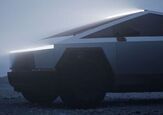
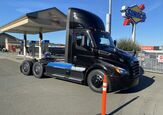
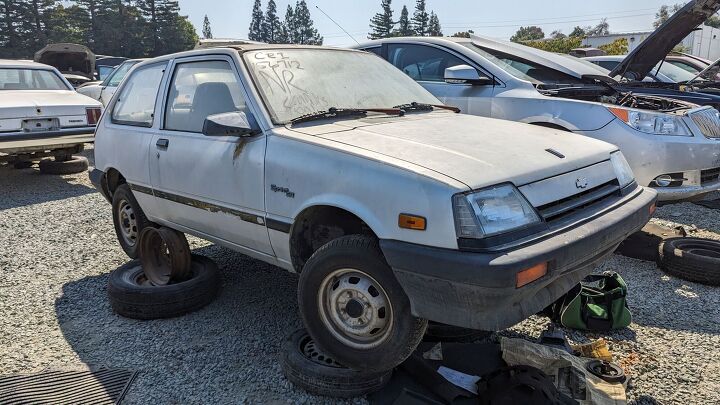
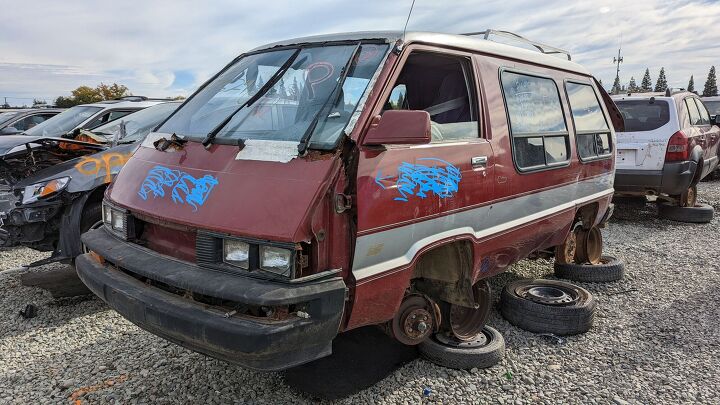
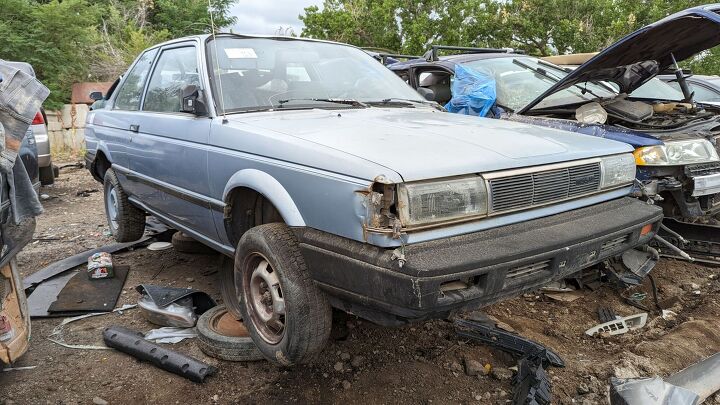
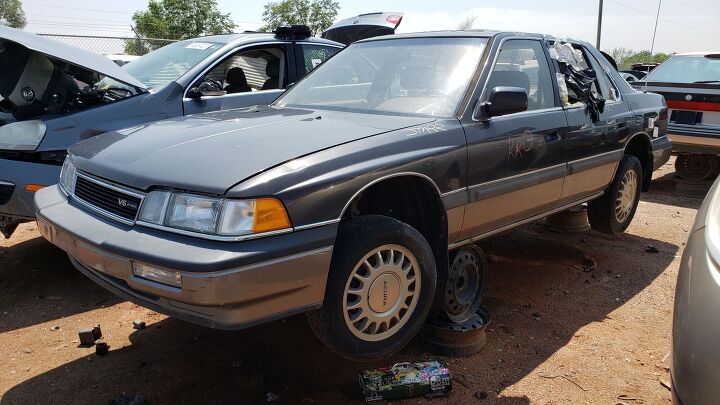
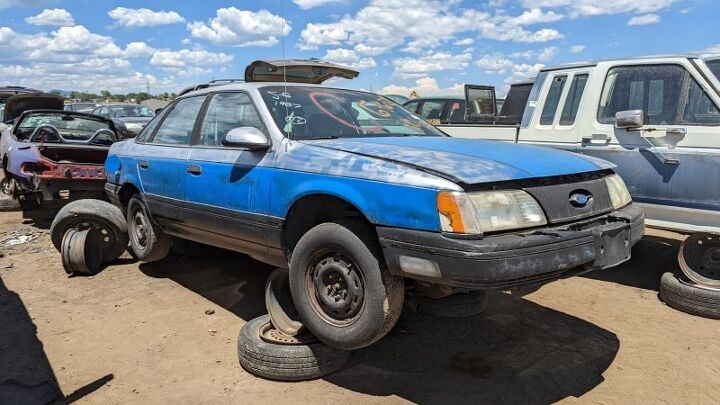
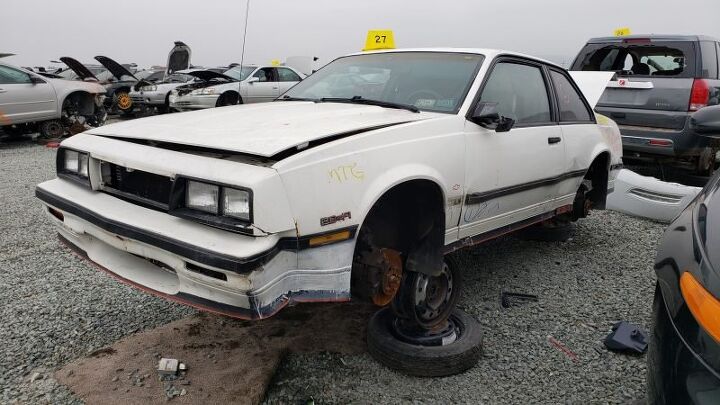
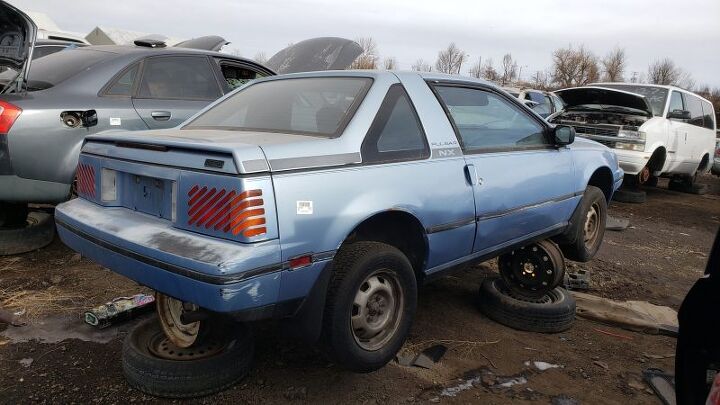
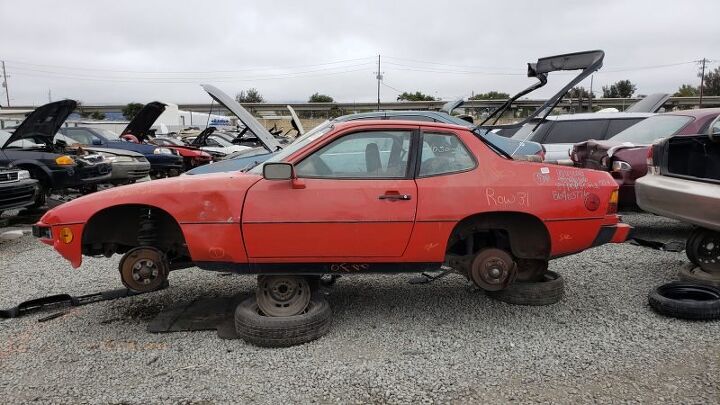

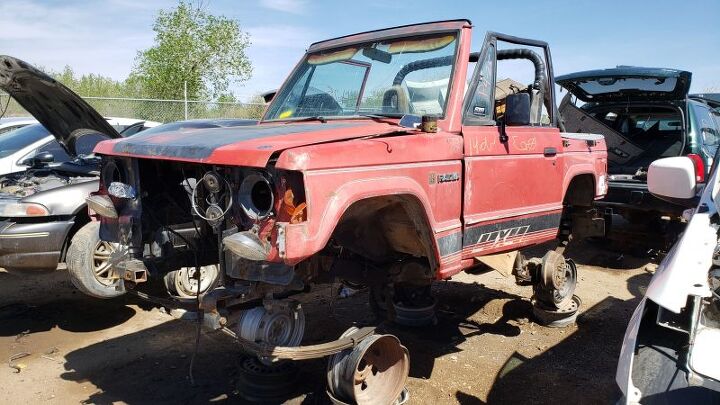
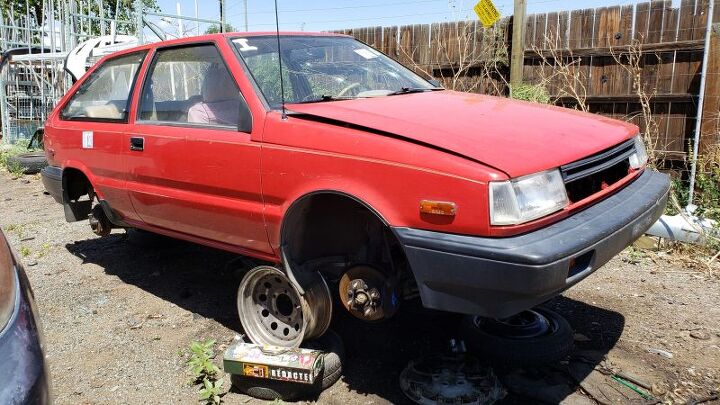
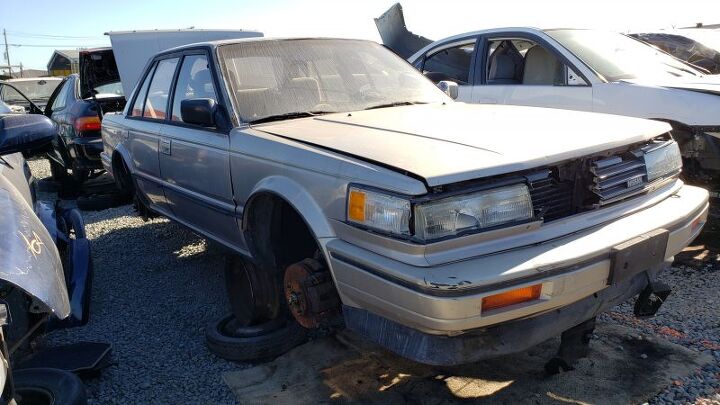
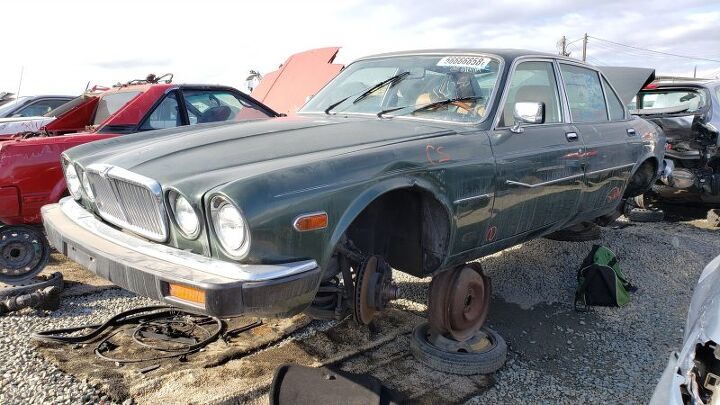
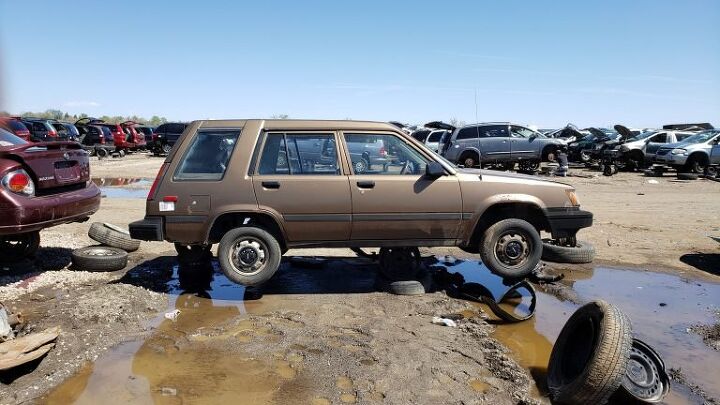
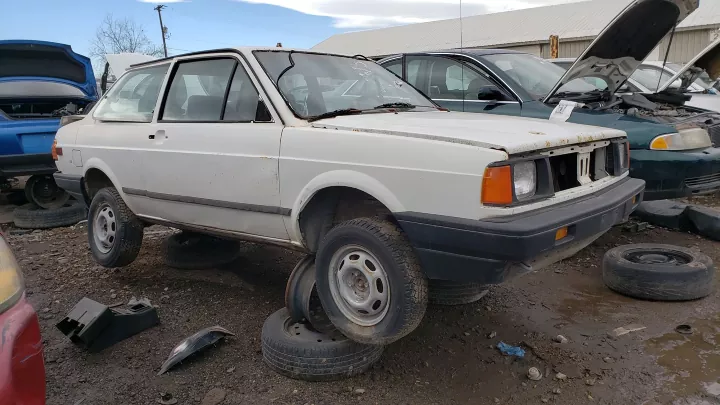












Recent Comments